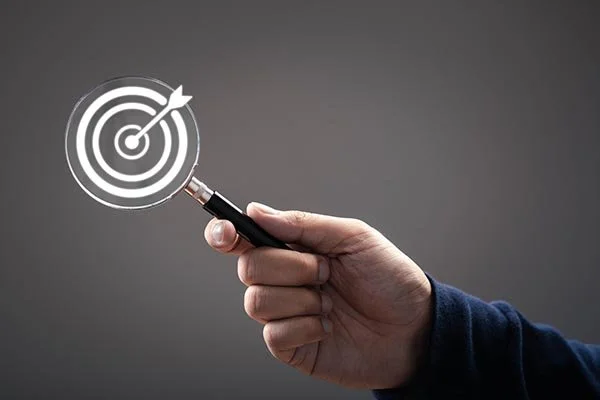Impulse vs. Intention: Learning to Pause in Recovery
Part 3 of 10 in the “Managing Impulsivity” Series
Sex addiction isn’t just about sexual behavior. At its core, it’s about impulsivity—the pattern of choosing short-term relief over long-term values. And often, that pattern isn’t driven by desire—it’s driven by disconnection, stress, or shame.
In early recovery, this distinction is essential. Because if you only focus on stopping the behavior, without learning to slow down the impulses underneath it, sobriety becomes fragile.
Lasting recovery isn’t about perfection. It’s about creating stabilizing patterns that support intention over impulse.
What Impulsivity Looks Like in Sex Addiction
You may already know the feeling:
You’re overwhelmed, anxious, or numb
Your thoughts start spinning—“Just this once,” “No one will know,” “I’ve already messed up”
The urge builds, and it feels urgent—fast
Before you even register what’s happening, the behavior is set in motion
Sometimes the action is sexual. But often, the pattern begins earlier:
Skipping check-ins
Hiding details
Lying to avoid conflict
Justifying risky choices
Numbing with fantasy or screens
Each of these moments is impulsive—and each is a chance to pause, notice, and choose differently.
Why “Just Stop” Doesn’t Work
Recovery isn’t about willpower. It’s about retraining the brain and body to tolerate discomfort without acting on it.
Impulsivity is often a learned response to:
Emotional pain
Shame and fear of exposure
Unmet needs for comfort, agency, or connection
Longstanding patterns of avoidance
That’s why white-knuckling rarely works. You can stop the behavior for a while, but if you haven’t built a new pattern, the impulse will keep knocking.
You don’t have to react on instinct. You can grow by creating patterns that hold you steady.
“You don’t have to react on instinct. You can grow by creating patterns that hold you steady.”
Practicing the Pause
Recovery invites you to interrupt the cycle. Here’s how to begin:
Notice the urge early. What thought, emotion, or sensation tells you a slip is near?
Label it without judgment. “I’m feeling pressure to numb right now.”
Slow it down. Use a delay strategy—call someone, move your body, write for 2 minutes.
Reconnect to your values. “What would the version of me in recovery choose here?”
Choose your next right step. One that supports integrity, not just relief.
You may still feel the discomfort—but you’ll be building recovery muscle instead of acting from habit.
Stabilizing Sobriety Through Structure
Long-term recovery depends on structure. Not because you’re weak—but because your nervous system needs rhythm to feel safe.
Stabilizing tools might include:
A written daily recovery plan
Regular check-ins with a sponsor or therapist
Transparent device use and open calendars
Morning and evening rituals that help reset
Gentle accountability that invites growth, not fear
Slow is strong. Repetition is how we rewire.
Let Growth Be Your Goal
Managing impulsivity in sex addiction recovery is not about becoming someone who never struggles—it’s about becoming someone who can stay present in the struggle without betraying themselves or their partner.
You’re not just avoiding relapse. You’re learning how to stay rooted when the wind picks up.
If you’re ready to build a recovery that lasts—one that’s grounded, honest, and stable—our therapists are here to walk with you. Call today to start living from intention, not impulse.

